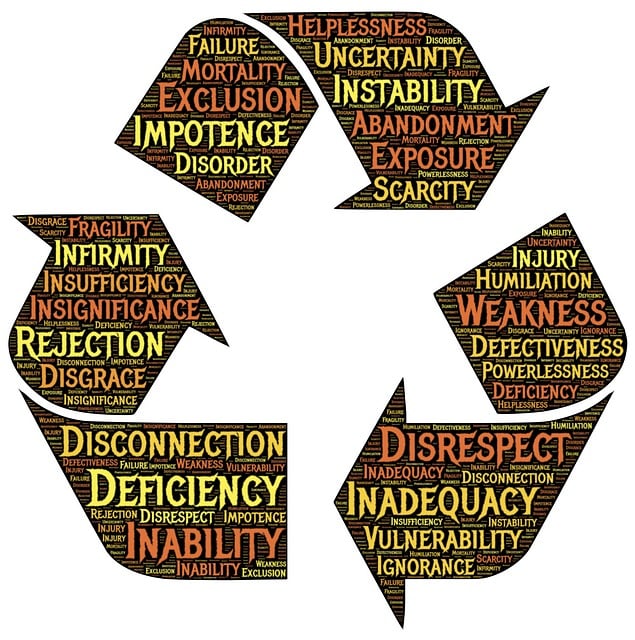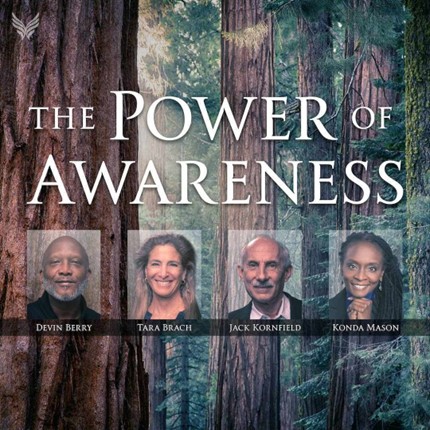Bec Wilson, creator of the Epic Retirement Flagship Course, reminds us that the concept of retirement has changed in recent times. “Retirement” used to mean leaving your job and work because of your age. It was often age-related with organisations setting mandatory age limits for full-time employment. Bec notes that a more modern concept of retirement involves choice – choosing to live off income from investments, superannuation and pensions while undertaking personal exertion in relation to work that you choose to do (whether paid or voluntary). There is also the choice not to work at all but to pursue your “bucket list”, including travel options or explore hobbies or other recreational/sporting activities. Bec explores these retirement choices extensively in her book, How to have an Epic Retirement.
Barriers to retirement planning
People are often fearful of retirement planning because they are concerned that they will “run out of money”. They may be anxious that stopping work will leave them without a purpose and structure to their life. Many people define themselves by their work role – e.g. a teacher, social worker, lawyer, accountant, or librarian – they are concerned that they will lose their identity if they stop working. Others are concerned that they will not be able to enjoy their retirement because they will be afraid to spend money.
One of the biggest barriers to retirement planning is attitudes to aging. The impact of negative beliefs about aging is pervasive – reaching into every aspect of our life. Research shows that negative aging beliefs can have a damaging effect on us, both physically and mentally. It can severely restrict our perception of options open to us, including retirement planning. “Ageism” portrayed in the media reinforces negative portrayal of the aging process, highlighting the elements that “decline” without counteracting that with the positive benefits of aging.
In contrast to such reinforced negativity, positive beliefs about aging have numerous benefits including longevity; enhanced knowledge, understanding and wisdom; improved capacity to handle stress; heightened creativity; and improved physical health. Positive beliefs about aging also free us up to explore the many options available to us in planning our retirement.
We can develop positive beliefs about aging by increasing our awareness of the pervasive presence of ageism while exploring positive images of aging portrayed in memoirs and stories of exemplars and by interacting with aged people in our family and social network. With this kind of ammunition we can more readily challenge the assumptions behind negative stereotypes of aging. We can also begin to explore options for ourselves as we begin to consciously plan for retirement.
One member of the community-based The Epic Retirement Club, Sam Sang, maintains that we each have “retirement superpowers” – unlimited energy, instant skill mastery, endless travel. Other members empathise the freedoms that they and other retired people enjoy. This community sharing of real retirement experiences contrasts sharply with the pervasive perception that retired people do not have the capacity to contribute to society, are unable to enjoy life and experience severe limitations.
Planning for retirement
Bec is motivated by the desire to help people better understand the choices they have by learning about what supports are available to assist with retirement planning and, in the process, to “figure our what’s really important to you.”. To this end, she not only provides her Epic Retirement book and Flagship Course but also a 150 page, practical Workbook to “guide you through each module” of the Course. Bec suggest that you undertake the Course and complete the Workbook with your partner or an “accountability buddy” who could be a friend.
The Course and Workbook are structured around what Bec calls the Six Pillars of retirement – time, financial confidence, health, happiness and fulfillment and travel. For each of these pillars, she provides a series of questions and points for discussion, along with quizzes and the space to record our own answers. For example. Bec provides a basis for calculating longevity to highlight that we often have much more time in retirement than we envisaged based on old data – nowadays, people are looking at 30 or more years in retirement given increased longevity owing to medical breakthroughs, new health and exercise regimes and extensive lifestyle advice.
To assist us to develop financial confidence, she provides the means to calculate whether we have the financial resources to support a comfortable or modest retirement or whether we will be dependent on a Government pension. A number of exercises in the workbook support this latter source of income. Bec helps us to complete both the asset test and the income test to enable us to see whether or not we qualify for the Australian Government pension and related financial and health concessions. For those who are on the borderline of the relevant pension cut-offs, she assists us with suggestions of how we might qualify for the pension in the future.
In relation to health, Bec offers suggestions for ways to improve health outcomes and longevity, including diet, exercise, building a daily routine, managing health risk factors and ensuring you undertake preventative testing at the recommended intervals. For those of us who experience chronic inflammation, she strongly argues for the need to reduce inflammation by identifying and managing triggers (e.g. foods, environmental toxins and harmful stress).
Her discussion and questions concerning health and happiness are comprehensive and covers aspects such as transitioning to retirement, research about happiness, creating meaning, maintaining and developing relationships, epic pursuits and goals.
In relation to travel, Bec shares the idea that there are potentially three phases of retirement travel: (1) active and independent travel, (2) less active, slower pace travel with the possibility of assisted travel, and (3) travel closer to home (avoiding the rigours of international travel and seeking more comfort).
Reflection
My wife and I are completing the Epic Retirement Course and Workbook together. We find that this approach is a catalyst for a number of important discussions, including what we will do in retirement; where we want to travel to (we have already been overseas a number of times); how we can create a comfortable retirement; what financial planning we need; what are our assets and overall financial position; how much we will need to live on; where we will like to live in retirement; how we provide for our children; and how to structure our wills.
Bec identifies 5 key stages of retirement: (1) prime time, (2) adjustment, (3) epic retirement, (4) ageing, and (5) frailty. Even though my wife and I are at different stages of retirement (owing to a 10 year age gap), we are able to use the Epic Retirement Course and Workbook to work towards an agreed, shared retirement future.
Mindfulness practices can help us to develop positive beliefs about aging and contribute to our longevity (we have been married for forty years). As we grow in mindfulness, we can broaden our retirement options, enhance our creativity and develop new skills relationships and travel options.
________________________________
Image by 🌸♡💙♡🌸 Julita 🌸♡💙♡🌸 from Pixabay
By Ron Passfield – Copyright (Creative Commons license, Attribution–Non Commercial–No Derivatives)
Disclosure: If you purchase a product through this site, I may earn a commission which will help to pay for the site, the associated Meetup group, and the resources to support the blog.







